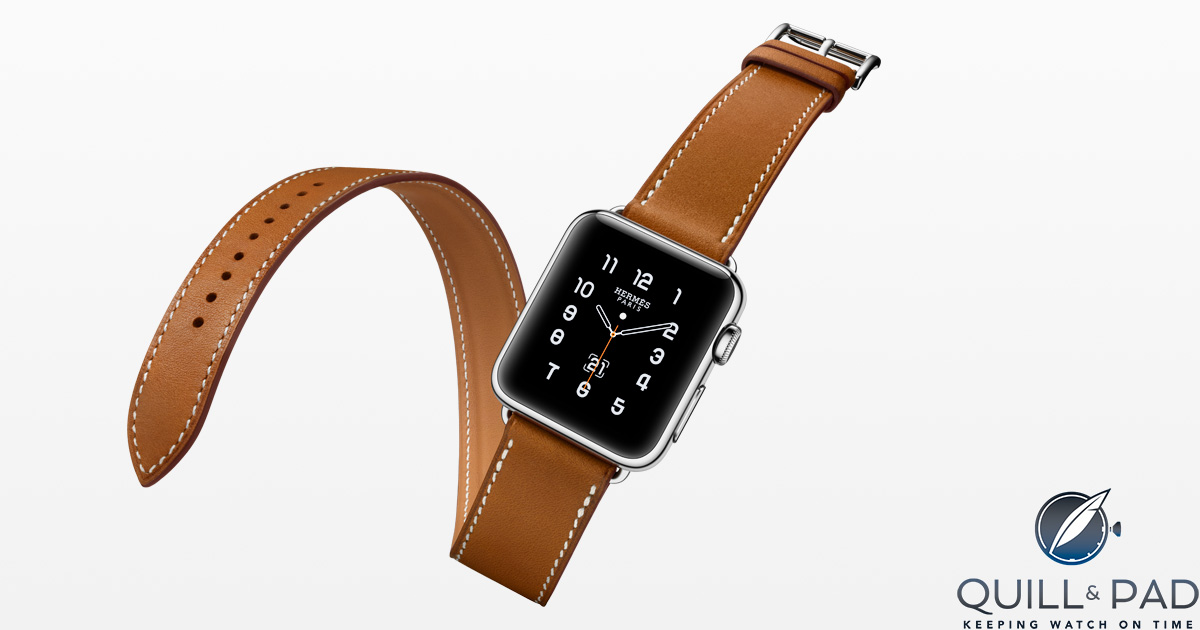Apple is a $234 billion company, while the whole Swiss watch replica industry represents $26.1 billion. Apple’s profit alone in 2016’s first quarter reached $18.4 billion (9to5 Mac, January 2016), while the price segment for luxury watch replica es replica (products constituting export prices higher than 500 Swiss francs) established $17.6 billion for all of 2015 (Fédération de l’industrie Horlogère Suisse statistics 2015).
A few figures might help to gain perspective on the prevailing industry conundrum that seems to be on people’s lips everywhere.
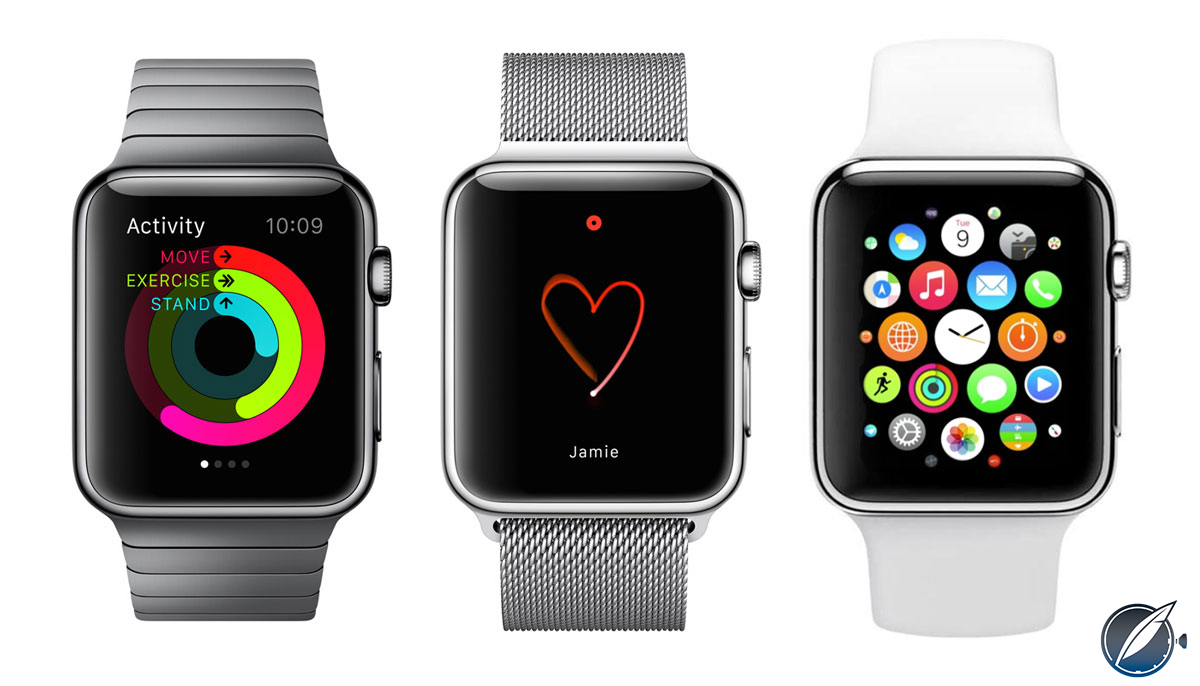
If Apple sold 10 to 12 million smartwatches in its first year, as estimates show it has, the revenues generated would be around $4 to $5 billion This figure comes close to Rolex’s revenue, the number one watch replica maker in the world!
Does this make Apple one of the biggest watch replica makers in the world? Not quite.
Real estate brawl
What will happen to smartwatches for the wrist then? They might just join the pile of old phones we all have in our desk drawers or be recycled by brands directly to upgrade to the latest versions.
Does this have anything to do with Swiss mechanical watch replica es replica? One might be tempted to say yes as more and more brands jump onto this new market’s bandwagon. But if we analyze the numbers behind smartwatches made by traditional Swiss watch replica makers, what does it represent?
Smartwatches by traditional Swiss watch replica makers
What are smartwatches? They are, in fact, wearable electronic devices for the wrist or, like Apple watch replica es replica, miniaturized phone relays.
The “fight” between traditional watch replica makers and smartwatch manufacturers is actually more of a grapple for real estate access: the wrist. But as wearables develop, they will migrate across one’s body.
Glasses are back on the front burner; contact lenses are in the process of being developed; the next steps could be intra-auricular devices or even little machines injected directly into the skin (we are starting to see these developments with 3D printed skin).
The Swatch Group launched its Tissot alternative, the T-Touch, in 1999 before the smartwatch market existed. The T-Touch offers an interesting mix between a real sports watch replica and useful features not found in everyday timepieces such as an altimeter, a barometer, and an alarm.
The T-Touch is now called the Smart-Touch and it is powered by a solar battery, which solves the problem other connected watch replica es replica continue to have: charging. Tissot sells around 300,000 connected watch replica es replica a year (at around 500 Swiss francs export price), so revenues from its connected watch replica account for approximately 10 percent of Tissot’s total sales.
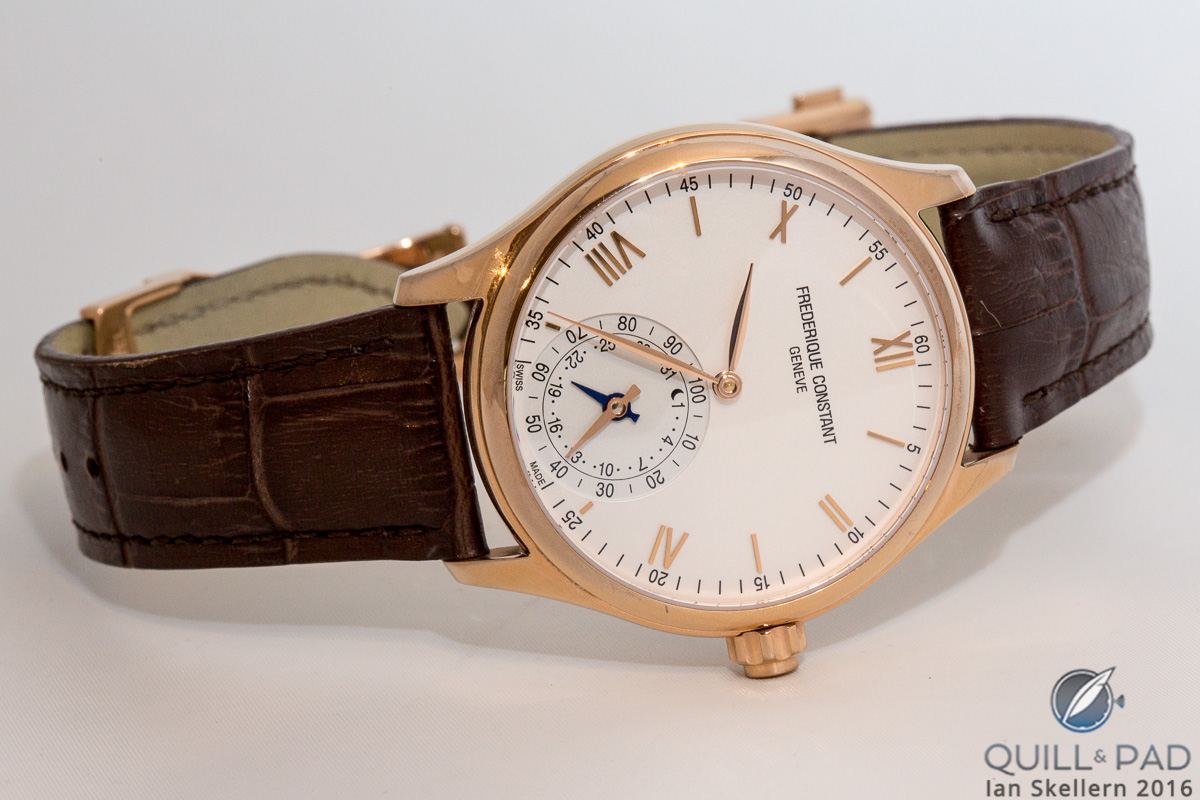
The epitome of luxury?
You might also think that even Hermès, the epitome of luxury, has decided to enter the market, but has it really? The Hermès association with Apple was more a way to tap into the buzz of the smartwatch to attract attention to its core competency, leather . . . and hope for more attention to land on its own Hermès watch replica es replica as a bonus. As Guillaume de Seynes, Hermès’ managing director in charge of the manufacturing division and equity investments, put it in a recent interview, Hermès has no plans to get into the connected device market.
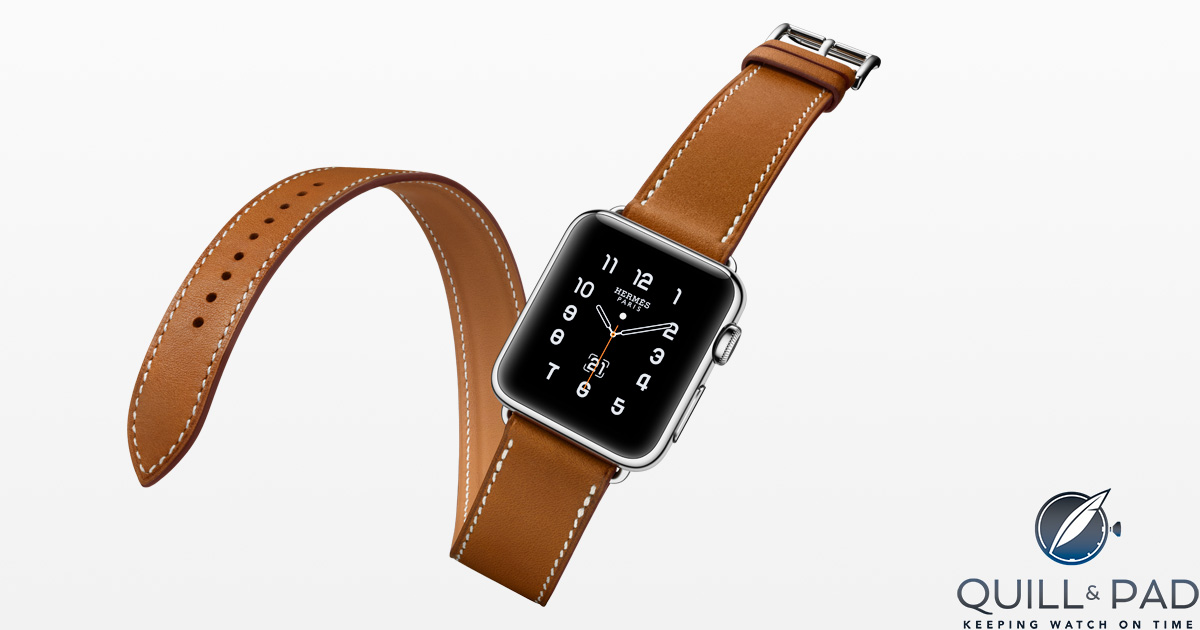
The strategy of the group has always been to enter markets where the group can integrate its various specialties and crafts such as leather, silk, fashion, accessories, tableware, and watch replica es replica.
Here we touch on the essential point: the smartwatch market is a new market, completely different from the luxury watch replica market. Getting into it is actually a matter of brand extension.
Frédérique Constant was among the first to come out with its own adaptation of the smartwatch. Currently, the brand based in Geneva’s Plan-les-Ouates now sells 16,000 examples per annum to achieve 12 percent of its total revenue, which amounts to a whopping $24 million.
The real success, though, among Swiss brands in combatting this new “enemy” has been TAG Heuer, now directed by watch replica guru Jean-Claude Biver. TAG Heuer has sold 40,000 to 50,000 connected watch replica es replica since its launch in November 2015. Biver’s expectation and forecast is to reach 80,000 units in 2016 and 200,000 in 2017. This is quite an achievement for the only smartwatch that actually “competes” with the Apple watch replica .
Still, this amounts to only $60 to $70 million in 2016 . . . which represents 6 percent of TAG Heuer’s revenues.
TAG Heuer has a history of brand extension; it has tried marketing small leather accessories, eyewear, and even phones at some point . . . and stopped all of it in 2013 except eyewear, which seems to continue to remain profitable.
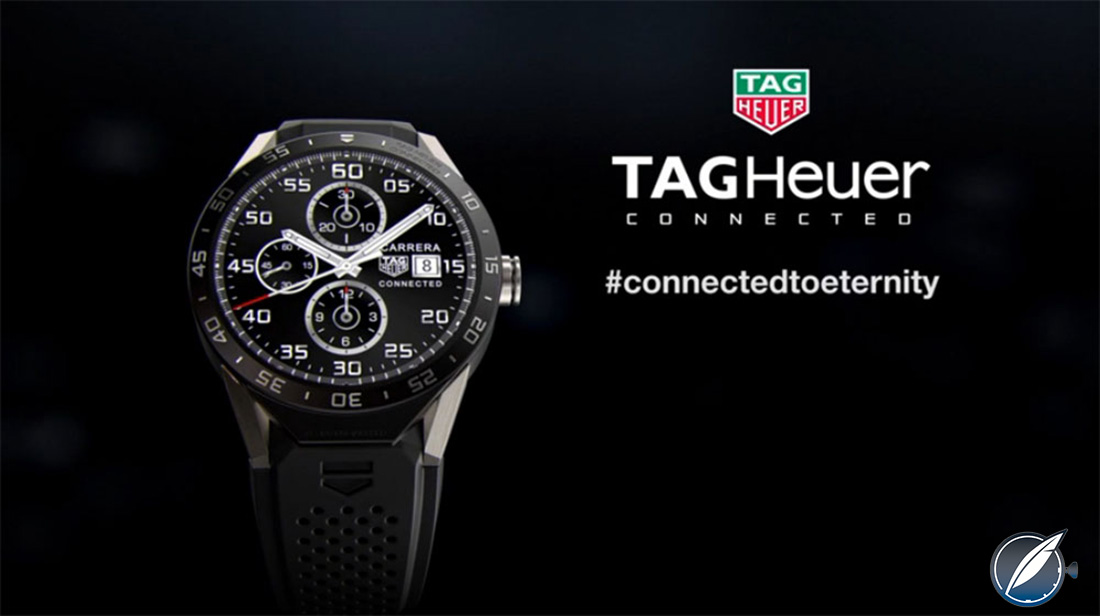
TAG Heuer actually has a certain legitimacy in this new smartwatch market with its “accessible luxury” savoir-faire, which generates sales. But the real benefit is elsewhere: the connected watch replica works as a wonderful promotion tool for the whole TAG Heuer brand.
According to Biver, the launch of the TAG Heuer Connected watch replica in November 2015 generated billions in media coverage with more than 1.2 billion Internet views and 350 million cumulative YouTube views. The comparison with Apple is also an amazing image tool: the connected watch replica is “cool” and “trendy.”
The high-end Swiss watch replica industry has weathered many crises; the death of traditional mechanical watch replica making has already been prophesied several times. It survived by becoming the opposite of the revolution: a true luxury in the face of the efficiency, accuracy, and affordability of quartz.
Luxury watch replica es replica are status symbols accounting for 75 percent of the global market for Swiss watch replica es replica (Fédération Horlogère suisse, 2015).
The current problems the luxury watch replica market faces are not due to smartwatches, but rather a lot more to the overwhelming stocks of watch replica es replica that have piled up in the distribution channels in addition to the general global economic slowdown and political uncertainties.
And it opens the door to the world of mechanical watch replica es replica.
Indeed, it returns something to the wrists of a whole generation that had forgotten that that real estate existed while it was using its smartphone, which has been so aptly described as the modern pocket watch replica .
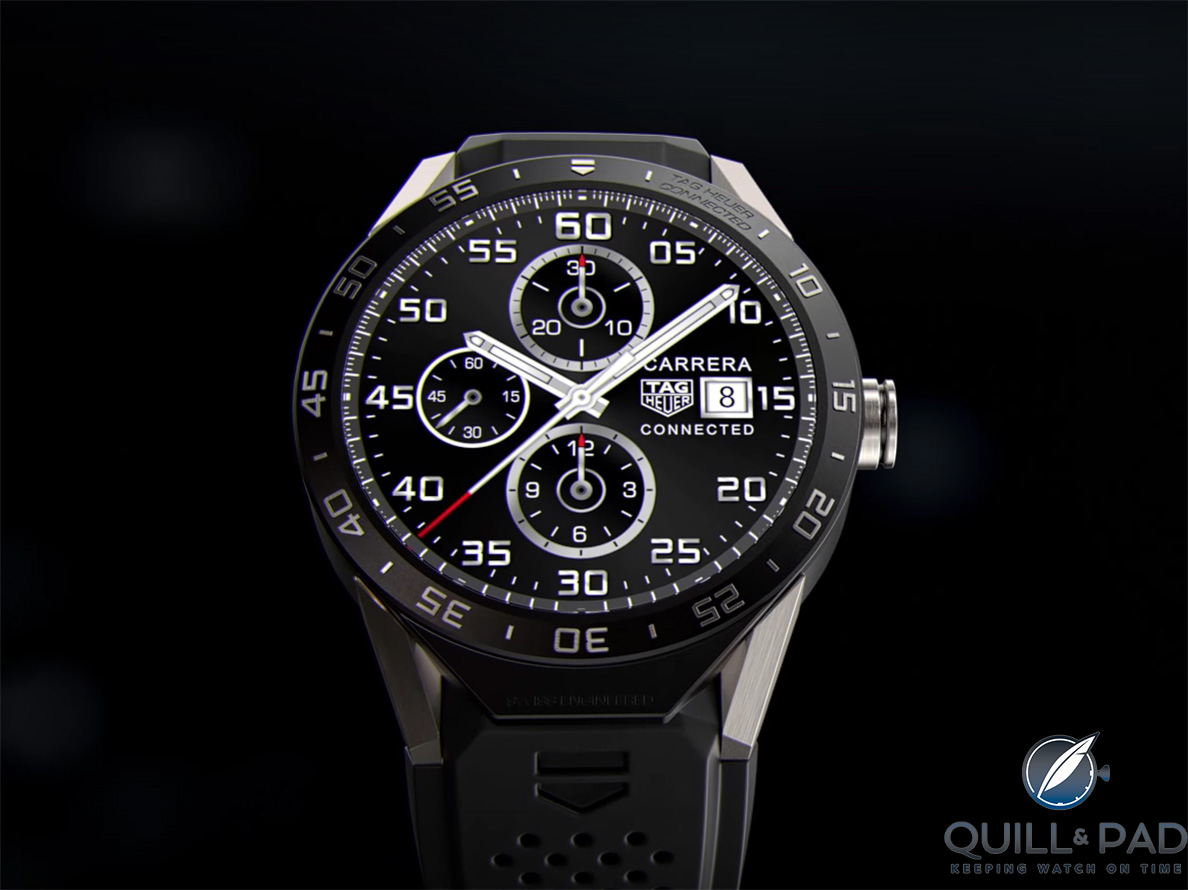
As the software becomes obsolete or the connected technology migrates elsewhere, a new generation will rediscover the pleasure of wearing a watch replica . And just possibly they may choose a product that generates more emotion – like a luxurious Swiss watch replica , for example.
And that is smart!
The secular craftsmanship, artistic creativity, and deep emotions that luxury watch replica es replica generate make them very different from technological, miniaturized phone or computer extensions. Both have a purpose, both serve a need: one for the ever-evolving, all-around technological connection and the other for the luxury dream that lasts a lifetime or more.
Not quite a head-on competition, more a question of wanting to extend your brand to a new market . . . or not. Entry-level brands must consider it to generate new revenues and tap into new consumer segments.
High-end brands do not require it and should focus on what they do best: creating value with the art of traditional watch replica making that generates emotions that, in a word, make people dream.
